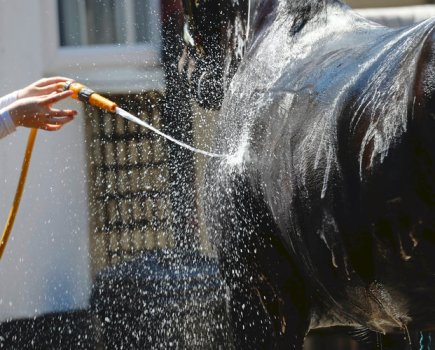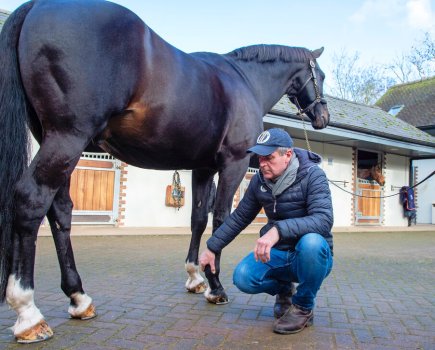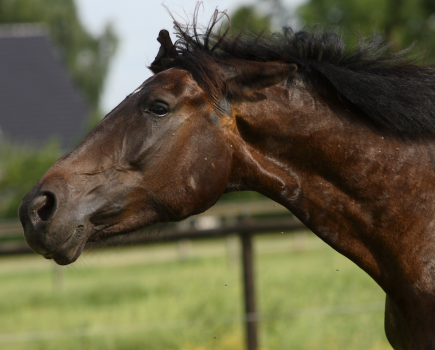Whether at grass, in the stable or whilst being ridden your horse will inevitably pick up an injury at some point no matter how careful you are, but being prepared could help prevent a minor scrape developing into something that requires costly veterinary treatment.
All horses should be checked thoroughly as part of their daily care routine to ensure injuries are identified early. And, to ensure that you’re prepared should he come in from the field with a cut or scrape, have a well stocked first aid kit at the ready. This means you’ll be able to clean up the wound straight away and minimise the risk of infection developing.
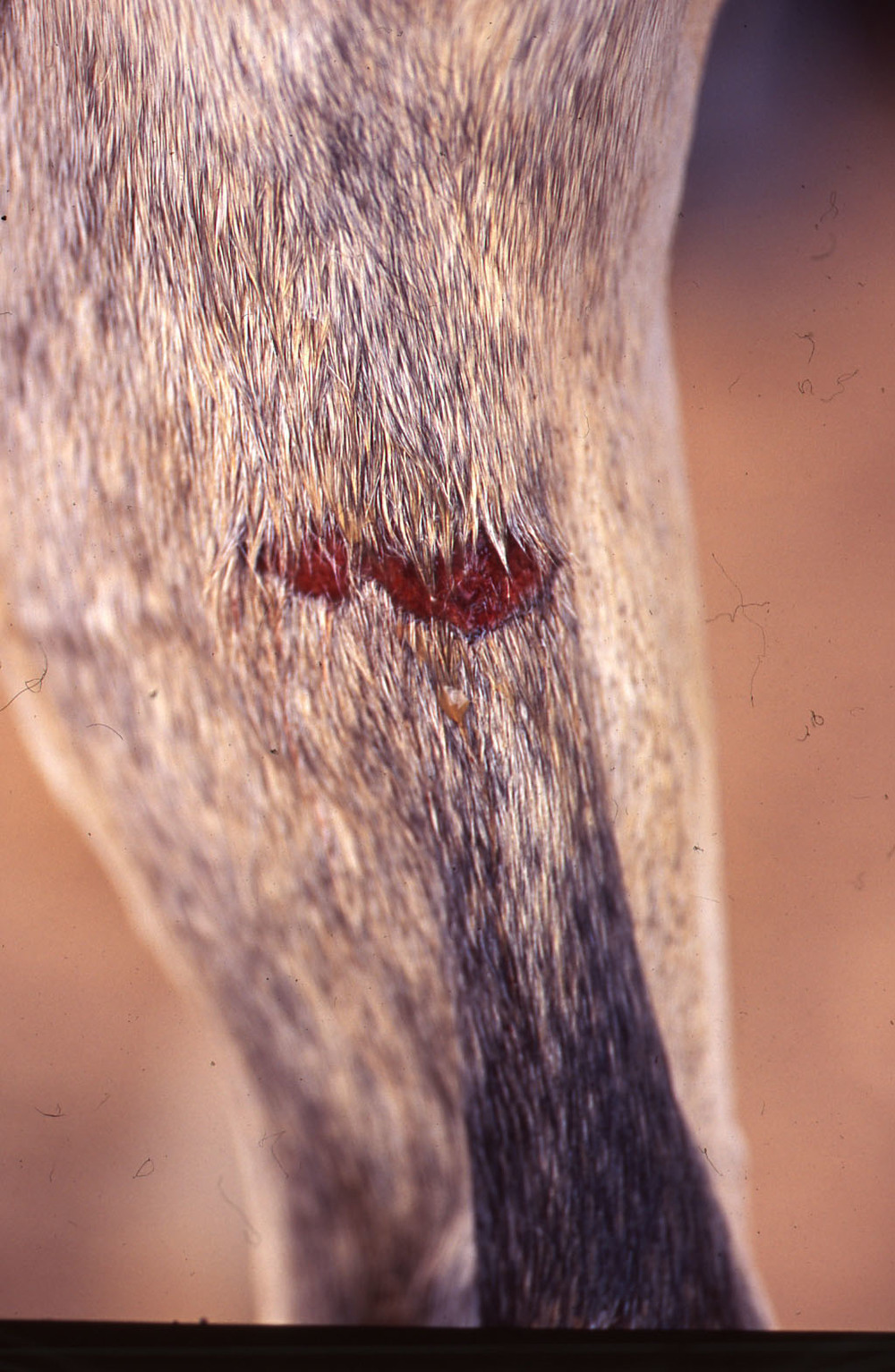
Most minor cuts and scrapes can be dealt with without needing to call out the vet
Minor cuts and scrapes can be dealt with without needing to call out the vet, but if in doubt always seek advice. A call to your vet costs nothing and might not necessarily result in a visit.
If your vet does think he or she needs to take a look, don’t be tempted to forge ahead alone. It’s a false economy to wait until the condition has worsened before seeking professional advice. The longer the wound is left open the higher the chance of it becoming infected and potentially leading to long-term health problems.
A step-by-step guide to wound care
If you’re confident that your horse’s wound is superficial you can help the healing process along by following these simple steps:
1. Clean the area
If the surrounding area is particularly muddy clean the area using a weak stream from a hose-pipe or by syringing water around the area. Trim away the surrounding hair so you can clearly what you’re dealing with.
2. Bathing
Use a clean piece of gauze soaked in warm water containing a small amount of antiseptic to gently clean the wound. Avoid using cotton wool as it can come away in the wound. Make sure all foreign materials are removed.
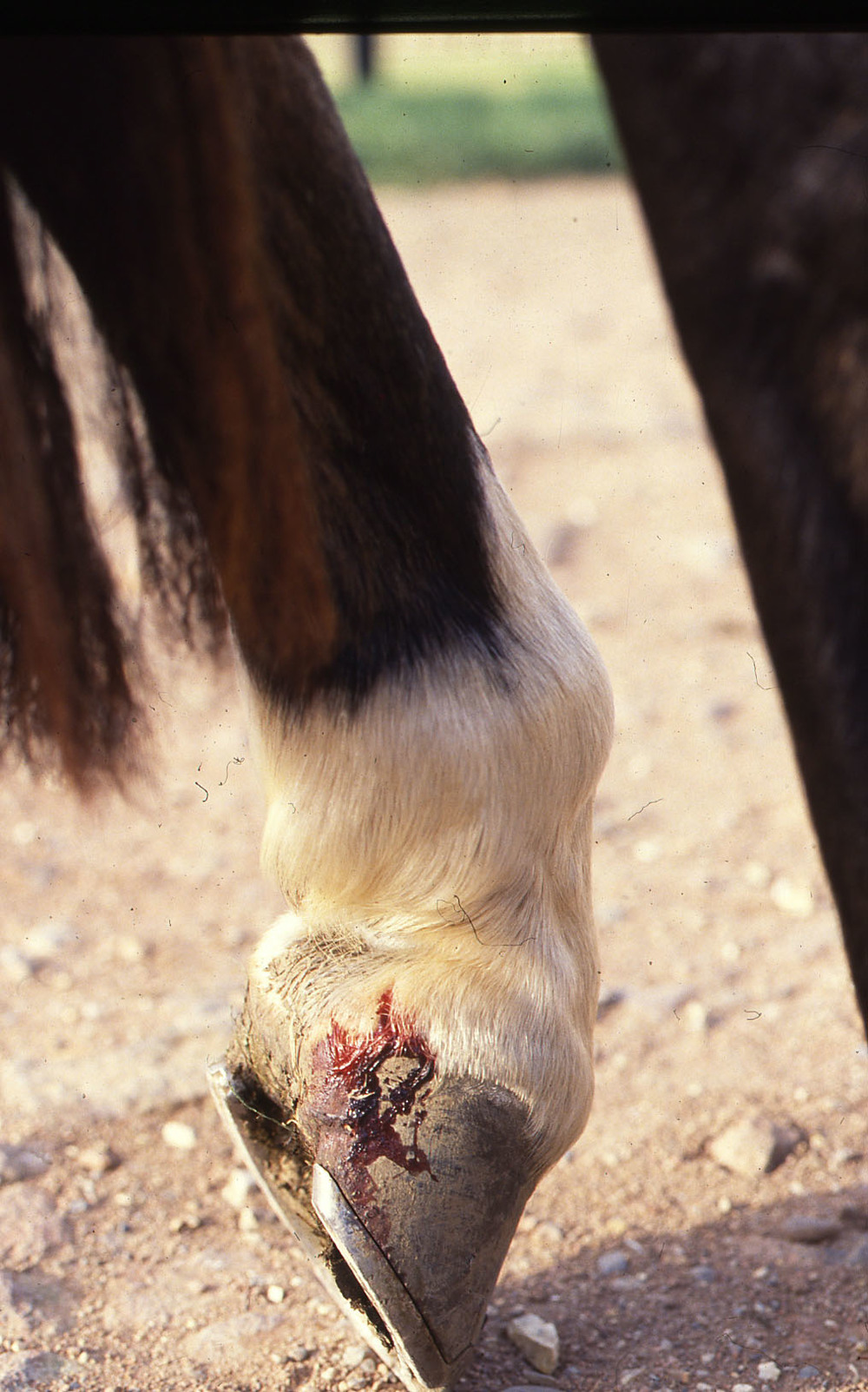
The longer the wound is left open the higher the chance of it becoming infected and potentially leading to long-term health problems
3. Apply wound cream
Apply a suitable cream designed to promote healing. There are many on the market. Natural creams tend to be gentler, healing from the inside out and less likely to leave a scar as they keep the wound moist and encourage re-growth of hair.
4. Bandage if needed
Place a clean gauze pad over the wound and wrap around gamgee to provide padding, secure in place using a suitable flexible bandage. Check and re-dress the wound regularly and at the first sign of any complications call your vet for advice.
TIP: Keep tetanus shots up to date
Ensure your horse’s vaccinations are kept up to date, preventive measures like a tetanus shot can make the difference between a horse that recovers from a simple-looking wound and one that gets very sick as a result of a bacterial infection. A tetanus vaccination course consists of two primary doses of vaccine, given by injection approximately four weeks apart, followed by a booster every on to three years depending on manufacturer’s instructions.




